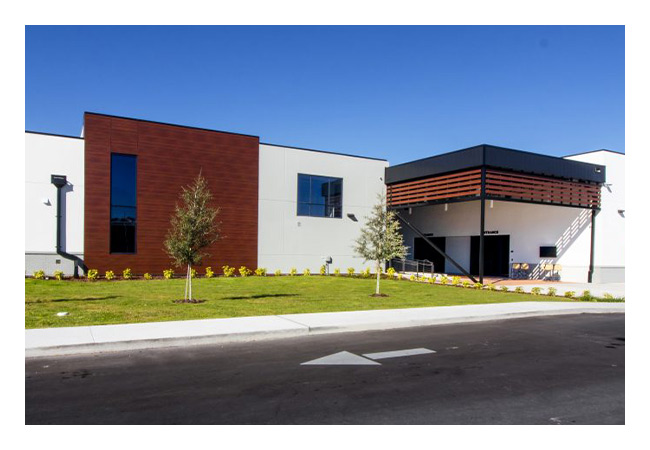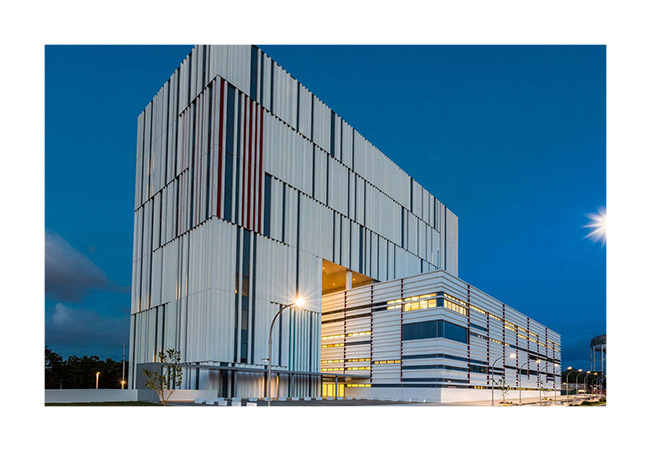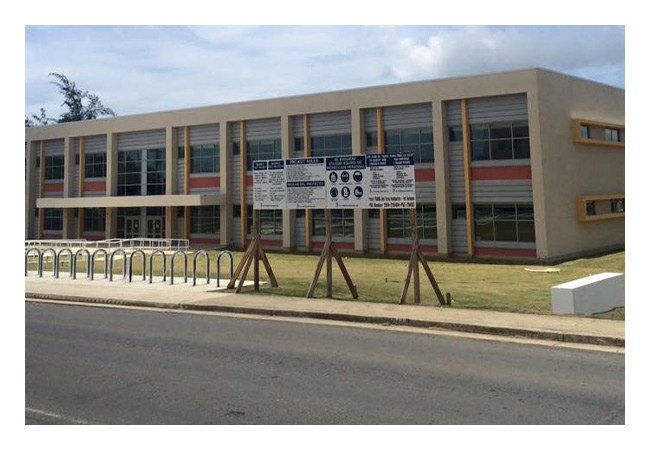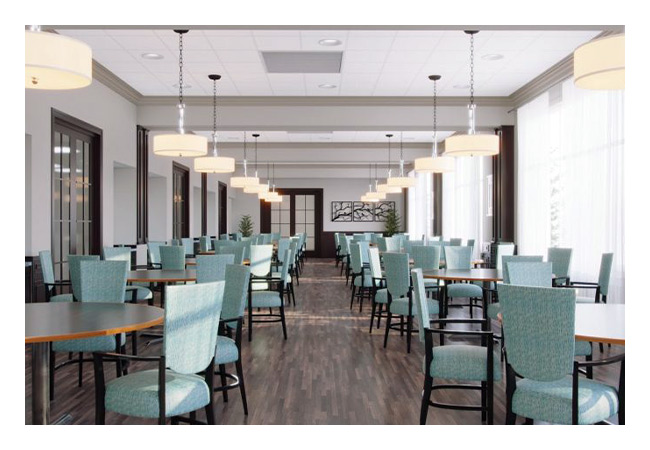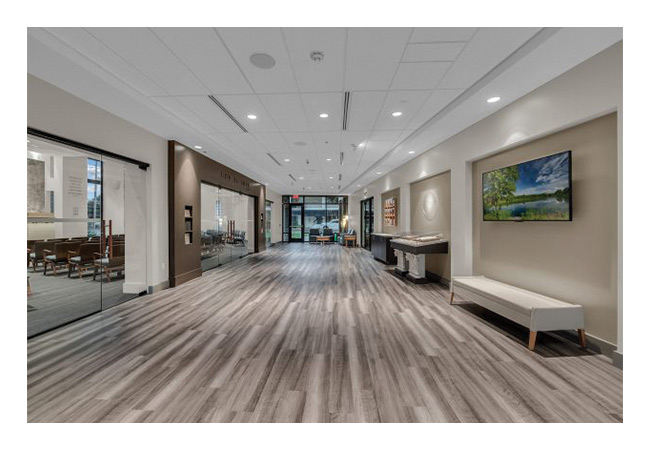
Our Projects
Please peruse our current and past projects by clicking on any of the images to view more information regarding those specific projects. Be sure to drop us a line if you have any questions about any of these projects or any work you would like completed.
First Church of Christ Scientist
- Client : First Church of Christ Scientist
- Location : Winter Park Florida
- Scope of Work: Drywall & Paint
- Year: 2022
Kingdom Culture Church
- Client Kingdom Culture Church
- Location: Winter Garden
- Scope of Work: Finish
- Year: 2022
Comprehensive Cancer Center of Puerto Rico
- Client : Comprehensive Cancer Center
- Location : Puerto Rico
- Scope of Work: Planning & Construction
- Year: 2020 - 2021
Columbia Care
- Client : Columbia Care
- Location: Florida
- Scope of Work: Carpentry Finishing
- Year: 2020
Joint Force Headquarters Ft. Buchanan
- Client : Ft. Buchanan
- Location: Puerto Rico
- Scope of Work: Engineering
- Year: 2015
Classroom Building Readiness Center, Fort Buchanan
- Client : Ft. Buchanan
- Location: Puerto Rico
- Scope of Work: Engineering
- Year: 2014
Alba Court Assisted Living Facilities
- Client : Alba Court Assisted Living
- Location: New Smyrna Beach
- Scope of Work: Planning & Construction
- Year: 2012 - 2014
FAQ
What is Drywall?
Drywall, also known as plasterboard or gypsum board, is a panel made of calcium sulfate dihydrate (gypsum) sandwiched between two layers of paper. It is widely used for interior walls and ceilings due to its affordability, ease of installation, and fire-resistant properties.
How is Drywall Installed?
Measurement and Preparation:
Accurately measure the dimensions of the area where the drywall will be installed. Clear the space, remove any existing wall covering, and ensure the surface is clean and smooth.
Cutting and Fitting: Using a utility knife, cut the drywall to the required size. Ensure a snug fit around corners, windows, and doors.
Installation:
Secure the drywall panels to the wall studs or ceiling joists using drywall screws or nails. Leave a small gap between the panels for expansion.
Taping and Mudding:
Apply joint tape over the seams and cover it with joint compound (mud). Repeat this process multiple times to create a smooth, seamless finish.
Sanding and Finishing:
Once the joint compound is dry, sand the surface to remove any imperfections. Apply primer and paint as desired.
Is Drywall Fire Resistant?
Drywall has inherent fire-resistant properties due to its gypsum content. It can delay the spread of fire and provide some protection for a limited time. However, for enhanced fire resistance, special types of drywall, such as Type X or Type C, can be used.
How Can I Soundproof a Room Using Drywall?
Double Layer Construction: Install two layers of drywall with Green Glue sound-damping compound sandwiched between them. This helps reduce sound transmission.
Soundproofing Compound: Apply a soundproofing compound directly to the existing drywall, which helps reduce noise by creating a sound barrier.
Additional Insulation: Install sound-absorbing insulation, such as mineral wool or acoustic foam, within the wall cavities to further enhance soundproofing.
How Long Does it Take for Drywall Joint Compound to Dry?
The drying time of drywall joint compound can vary depending on various factors such as humidity, temperature, and the type of compound used. Generally, it takes 24 to 48 hours for the joint compound to dry completely.
Can Drywall Get Wet?
While drywall is not waterproof, it can resist limited exposure to water. However, extended contact with water can cause damage, compromising its structural integrity. It is crucial to address any water leaks or moisture issues promptly to prevent mold growth and further damage to the drywall.
How Can I Repair a Small Hole in Drywall?
Repairing a small hole in drywall is relatively simple. Here’s an easy step-by-step guide:
Clean the Area:Remove any loose debris or protruding edges around the hole.
Apply Patching Material: Apply a small amount of spackle or joint compound to patch the hole. Smooth it out with a putty knife, ensuring it is level with the surrounding surface.
Sand and Finish: Once the patch is dry, sand it gently to create a smooth finish. Apply primer and paint to match the existing wall.


